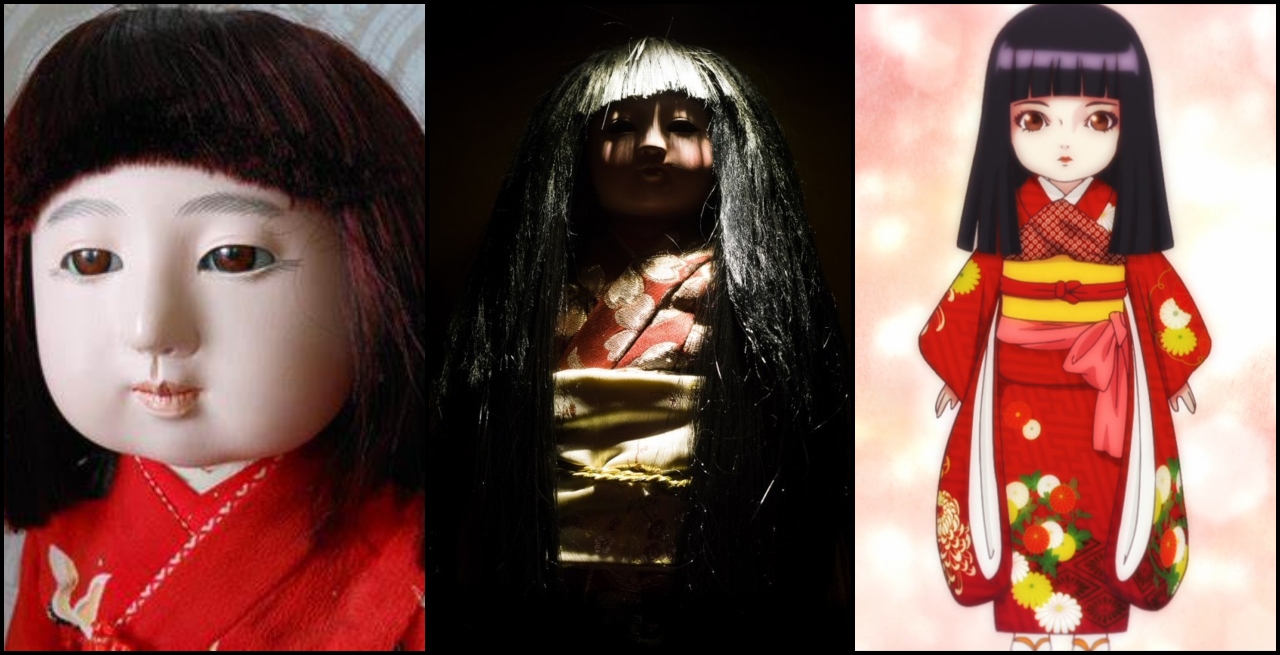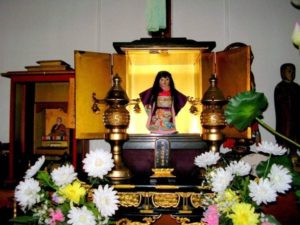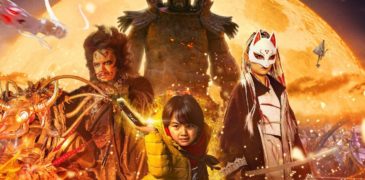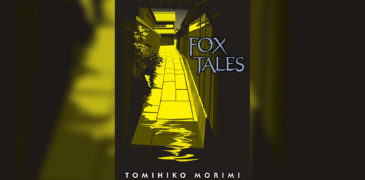
The Okiku Doll is a haunted object presently stored at the Mannenji Temple and originating in Hokkaido, Japan as a possession of a daughter, Okiku, from the Suzuki family. The doll was bought for Okiku Suzuki in 1918 by her older sister, Eikichi Suzuki, and she fell in love with it, naming it after herself as Okiku. Standing at 16 inches , constructed from porcelain and dressed in a kimono with a ‘okappa head’ hairstyle, the doll was of a traditional design to resemble an artefact. Okiku named the doll after herself and was obsessed with it – she slept beside it, took it everywhere and regarded it as her closest family.
Tragedy would inflict the family in 1919, however, with an outbreak of Spanish flu and Okiku would perish at only the age of three. As the doll was her dearest possession, they situated The Okiku Doll on a shrine devoted to her life – it became a miniature representation of her. As time passed, they observed the most peculiar development – the hairline was no longer at the jawline, it had protruded to the shoulders: the doll seemed alive with actual physiological processes. Their only answer was that their daughter’s spirit had occupied the doll and it was thus an extension of her. They maintained her hair diligently and preserved her condition with care – it was all that was left of their daughter.

The family would decide to relocate in 1938 to Sakhalin as another province, but concluded the doll had to stay in Hokkaido as the region where the supernatural ‘transference’ transpired. They escorted the doll to the Buddhist monks of the Mannenji Temple in the town of Iwamizawa and explained the special history surrounding the doll. To this day, the monks safeguard the doll as it continues reportedly grow real, actual human hair of a child. The Okiku Doll itself has become a tourist attraction and inspired countless cultural homages – it has even has a Kabuki play dramatizing the family’s circumstances
Was the doll the result of tsukumogami as a phenomenon whereby tools become active from possession by some unknown spirit? Maybe the family’s mere superstition their daughter is still around was the product of a misguided grief? Or, was Okiku’s bond so intense to the doll that not even the afterlife would separate their connection? Perhaps to the more sceptical, all a manufactured hoax as another false urban legend of no historical basis – a curiosity beneficial for local tourism?
The doll is not trusted ever to be released as with Robert the Doll in the USA who inspired Annabelle and is certainly a cultural icon with a fun, albeit creepy, mythology behind it.
More Urban Legends:
The Great Yokai War – Guardians (2021) Film Review – Miike Returns to the Beloved Series
There’s a funny kind of serendipity when you’re a fan commentator on popular entertainment, where you can sometimes just barely miss a critical piece of information that hits a smidge…
The Golden Era of Japanese Horror Games
Here are four Japanese franchises of survival horror games demonstrating their extraordinary talent at crafting atmosphere, each one establishing a significant legacy for cult followings. Besides mastery in constructing and…
Fox Tales (2022) Book Review – Curiouser and Curiouser
Fox Tales (Kitsune no Hanashi) is a Japanese compendium of short horror stories: “Fox Tales”, “The Dragon in the Fruit”, “Phantom”, and “The Water God” penned from the mind of…
Legend Of The Mountain (1979) Film Review – Triumphant execution of a typical Folktale-ish Narrative
Shih Chun is Ho Yun-Qing, an intelligent student who fails his imperial examination and, after failing to find a respectable job well, decides to become a manuscript copyist. His minimal…
Some say the countdown begun when the first man spoke, others say it started at the Atomic Age. It’s the Doomsday Clock and we are each a variable to it.
Welcome to Carcosa where Godot lies! Surreality and satire are I.
I put the a(tom)ic into the major bomb. Tom’s the name!



